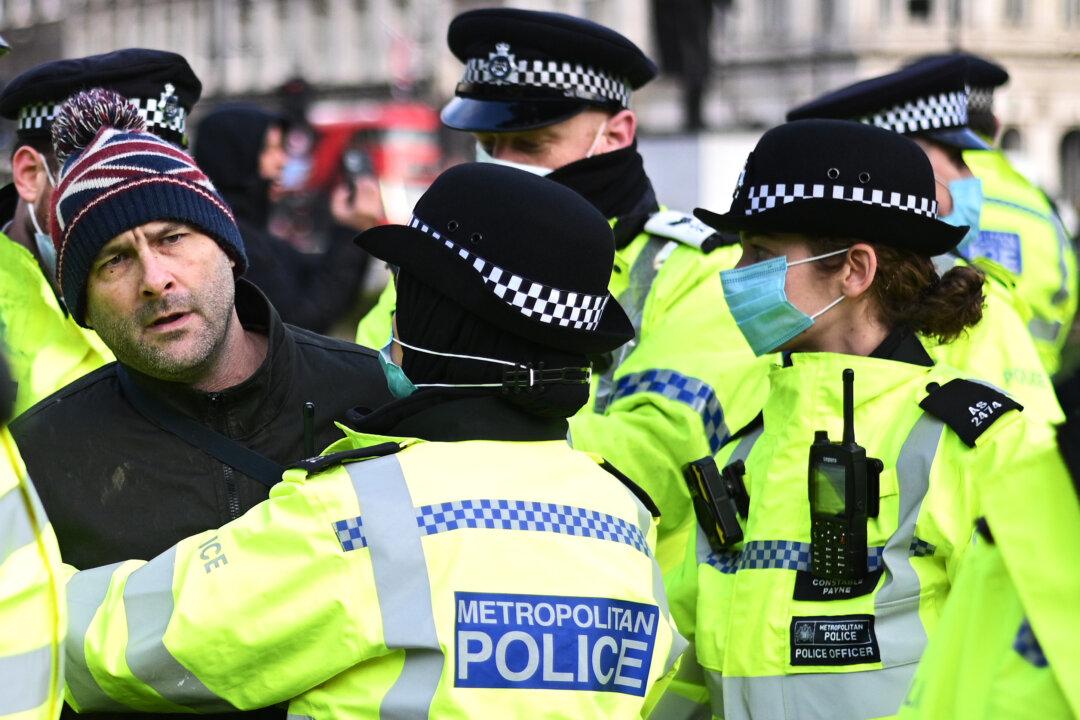Children’s well-being and education should be put first in any future UK lockdowns, England’s Children’s Commissioner said in a briefing for ministers on Wednesday.
In order to keep schools open, pubs and non-essential shops should be closed instead to limit the spread of the CCP (Chinese Communist Party) virus if cases of infection begin to rise again, Anne Longfield said.





